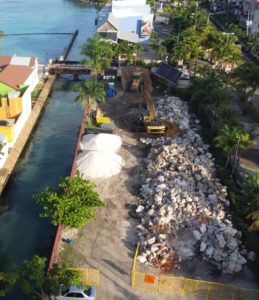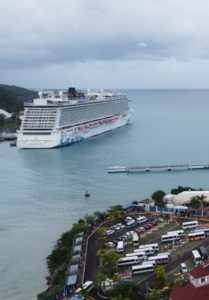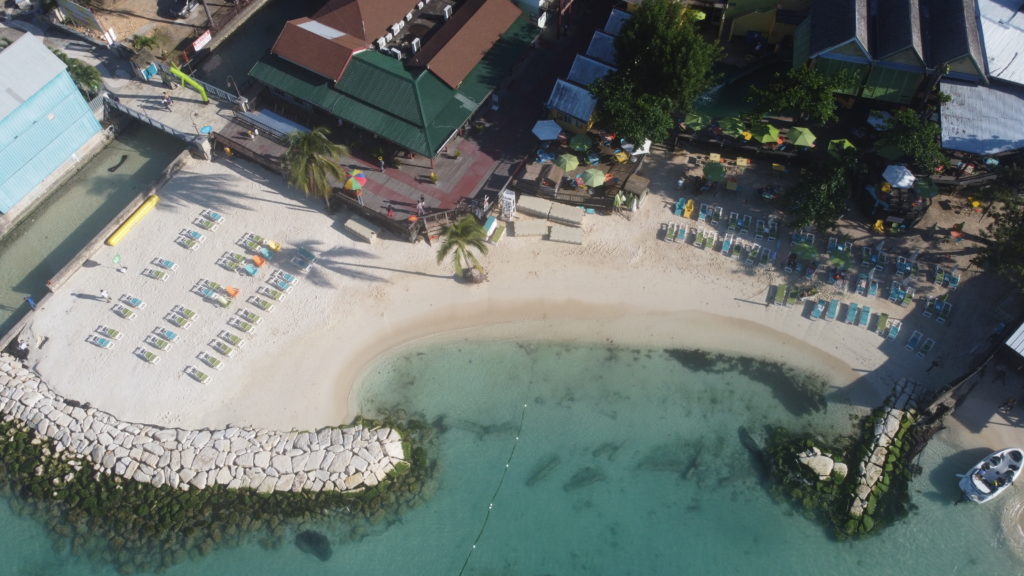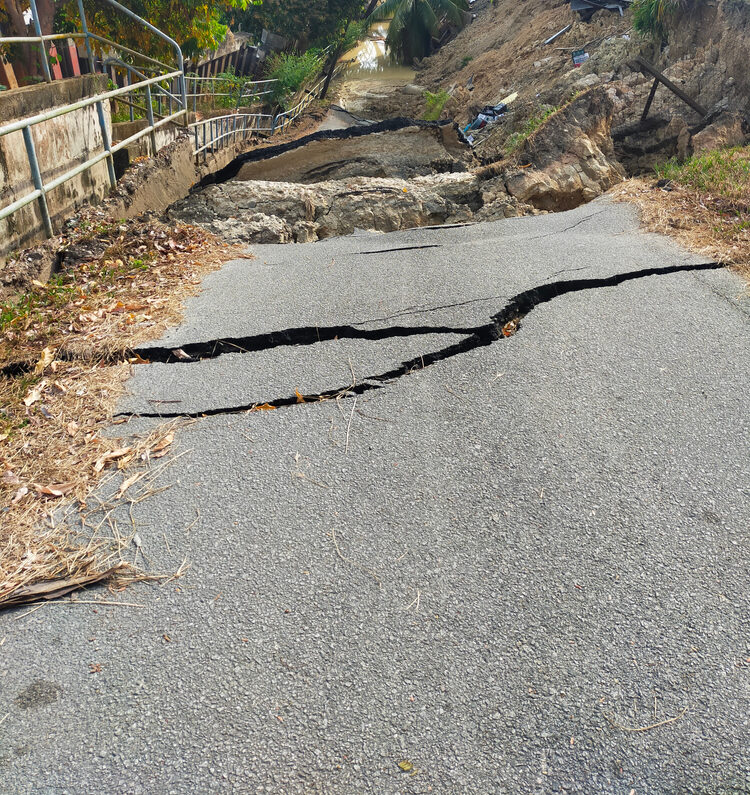What once was a sandy beach at Jamaica’s Ocho Rios Fishing Village had become no more than a sliver of sand at the water’s edge. The cards were stacked against the beach’s recovery. Dredging for the cruise ships that docked at Ocho Rios had altered the bathymetry (underwater topography), with trenches allowing larger waves to approach the shore. Fertilizers flowed into the sea from upland rivers, feeding the algae which, in turn, choked protective corals. Plans to nourish (place sand on) the beach in conjunction with the building of a groyne in 2018 never materialised. And the more businesses built up the shore, the more erosion occurred. The question became how to keep debris from piling up and sand from washing away with the waves.

The Port Authority of Jamaica approached Smith Warner International, which had designed and supervised the construction of the original groyne and planned the nourishment in hopes of saving the beach. “The difficulty or complexity wasn’t in the design itself but rather in the area in which we had to build,” recalls Cabral Barriteau-Foster, the coastal engineer in charge of the project. “There was no roadway to the beach. All there was was a metal bridge with I-beams and a steel frame.”
The bridge was meant for pedestrians and the occasional vehicle – for example, an ambulance. “How would we get there to do the work?” Cabral explains. “To access the beach over private land would have been cost-prohibitive.”
 Bringing in construction materials and equipment by sea was not a viable option because the water was too shallow to support a barge. It would get stuck on the sea floor. It was also very expensive.
Bringing in construction materials and equipment by sea was not a viable option because the water was too shallow to support a barge. It would get stuck on the sea floor. It was also very expensive.
The plan to restore the beach not only required the addition of nearly a thousand cubic meters of sand, which would weigh 1600 tonnes, but also the addition of a new groyne opposite the existing structure. That groyne would help turn the beach into more of a cove, keeping larger waves from reaching shore and allowing fishing boats to move on and offshore safely. However, the groyne would be built with local armour stone – boulders that could weigh several tonnes each. The excavator itself, which would lift and place the boulders, weighs more than 30 tonnes.
The only viable solution was to fortify the bridge to allow for the transport of equipment and materials. Smith Warner hired a structural engineer to assess the bridge and propose a reinforcement strategy. His conclusion was to add large metal plates and an additional support frame comprising I-beams and metal props to ensure that the bridge could bear the additional load.


Ideally, the work would have occurred over the summer months when the beach would be quieter ahead of the tourist season. But the engineering and construction team was awaiting government approvals and the release of funds for the project. When the money finally became available, it was nearly Christmas. Cruise ships had returned after the COVID hiatus and the beach, in its winter tourist season, was active. “When there weren’t cruise ships there, we would work crazy hours into the night, sometimes until around 11pm,” Cabral says.
Work they did, using the bridge to the beach to its fullest. Smith Warner completed the project in mid-January to the delight of the Port Authority, Ocho Rios businesses and visitors, and the fishing community. The two groynes now work together to keep larger waves from approaching while helping to keep the newly-placed sand where it belongs. The lingering hope is that raising awareness about the danger that fertilizers, pesticides, and trash pose to the marine environment will reach the ears of those upland. That sort of community education requires a bridge of its own.



